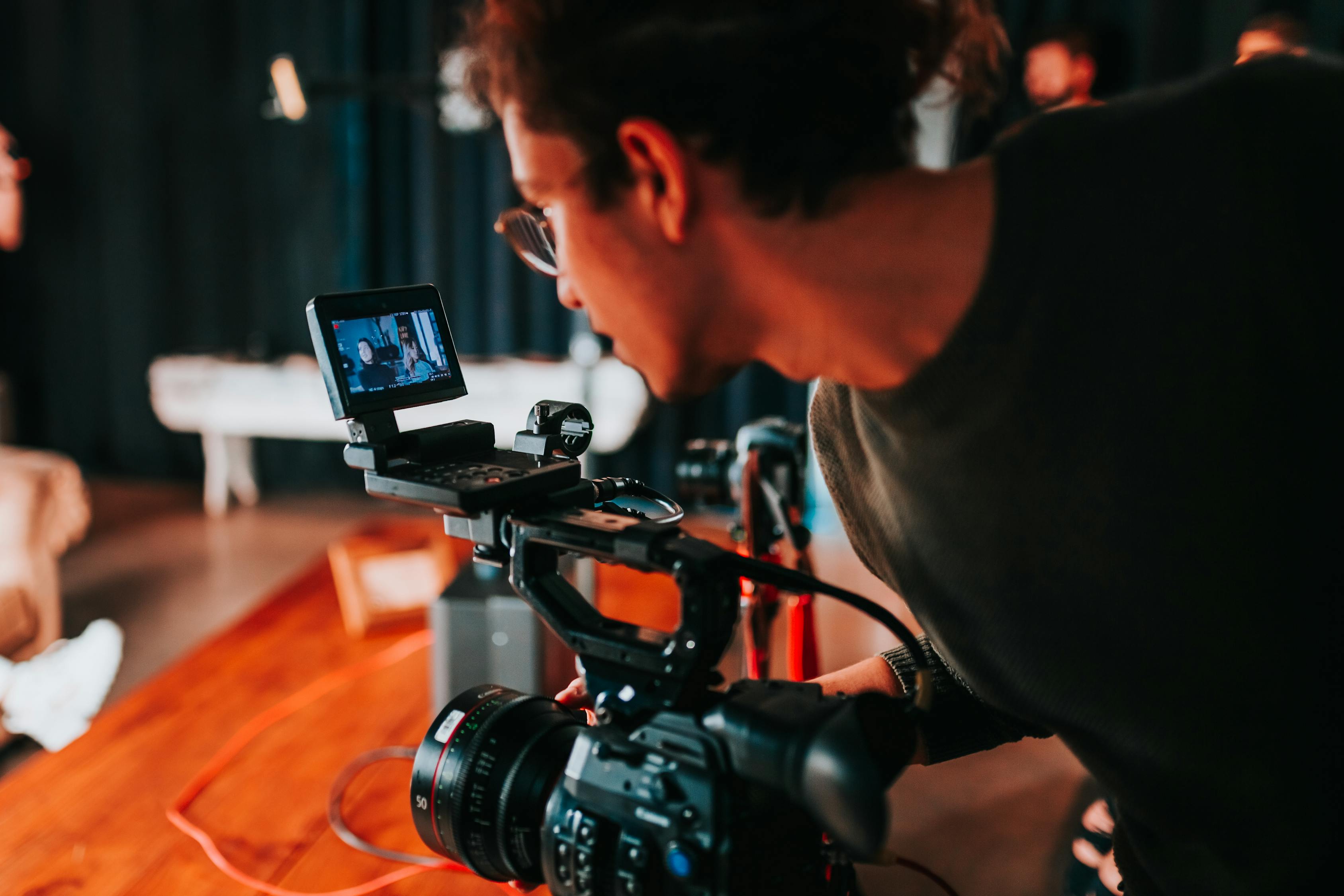Take Your Best Shot: Types of Camera Shots for Video Production
Creating successful video content relies on multiple key components that begin in pre-production and emerges entirely in post-production such as different types of camera shots. Somewhere along the way, a shot list is created. Every camera shot type has something that communicates subliminally to the viewer without a single spoken word. Using the right shot can make or break a scene. Different camera shot types add value to your video in different ways.
When creating a storyboard for your next project, the types of images you need will be essential for the creative process. Here I will discuss different types of camera shots, where they can be applied in your video, and the value they add to your content.

1. Establishing Shot
Establishing shot is an excellent and recommended way to start a video. The composition usually shows the geography and spatial properties of a video. It gives your viewers an idea of where you are. This view is usually an overhead one, but not always. Drones, and jib shots are used to create this effect. One significant value is its ability to set the tone for your content.
2. Master Shot
Master shot is used to capture a scene playing out in its entirety. This shot captures every component and establishes a relationship between every object in the shot frame. The exit and entrance of any element into the shooting field signifies a key theme. It provides you with a connective value between all the components. You can deliver great understanding in a short time of what your piece is about with this shot.
3. Wide Shot
Wide shot is used to depict various phases in a sequence. It is usually utilized to show a graphic image of a subject’s size compared to the task or obstacle before them. It can also be used to depict loneliness. It generally communicates spatial relationships between a subject and the prevailing environment. Ability, difficulty, and die-hard qualities can be embedded into a content piece with this shot type.
4. Full Shot
Full shot usually emphasizes something about the physicality and build of a scene’s subject. The subject of the scene is captured from head to toe.
5. Medium Full Shot
Whenever you want to convey something confident or otherwise dangerous, the medium-full shot is used. It is usually somewhere from the mid-thighs to the top of the head.
6. Cowboy Shot
If you have any scene involving danger in mind, Cowboy shot is a type of shot that you can apply. The cowboy shot is taken from mid-thigh baseline upwards.
7. Medium Shot
Capturing a scene that depicts how we ‘see’ the people we interact with in everyday life would likely be a combination of medium shots. It is a popular shot because of that reason. The composition usually starts from above the waist but below the chest and ends just above the head when capturing human and human-like subjects.
8. Medium Close-Up Shot
You are getting to the sweet point of your shoot, and you are making a statement by trying to cut of distraction and capture some level of intensity of your subject. The medium close-up shot is a go-to shot type. It reduces distraction and elevates the attention on the key theme of the shoot. It usually captures from the mid-chest to just above the head of human and human-like subjects.
9. Close-Up
To capture emotion and convey deep-seated character, the close-up shot, usually at eye level, is a shot type that is commonly considered. The eyes tell us many stories, a lie, fear, passion, hatred, lust, and the like. You want to depict and communicate those emotions? Then a close-up is a great shot.
10. Extreme Close-Up Shot
Do you want to capture something specific to the theme of a scene? Perhaps it is a very sensitive ear that hears everything or an eye that can see through walls? Then the extreme close-up is for you. It isolates something very specific that has a very specific function and aim in the scene.
11. Insert Shot
Insert shot is similar to the extreme close-up shot because it helps to highlight something crucial to the narrative. In some places, this term is used interchangeably with the extreme close-up shot. If intimacy and drama are part of your vision for a scene, then the insert shot is excellent.
12. The Ken Burns Effect
Do you want to display specific material of documentary value, maybe a bunch of pictures? Utilizing the Ken Burns effect can be a great tool. It is achieved by shooting different close-up types mentioned above, along with some panned and tilted shots.
Want to create the right type of shot that will make the difference between a well-received video and your audience clicking away?Tri-Toy Productions is a full service video production company based in Westchester, NY which offers a dedicated production team, ready to produce video content for your brand.


Leave your comments